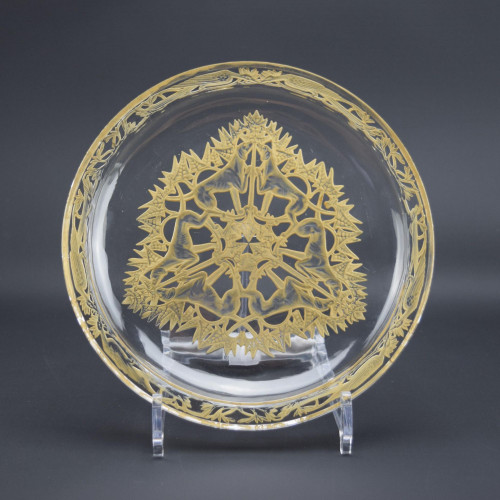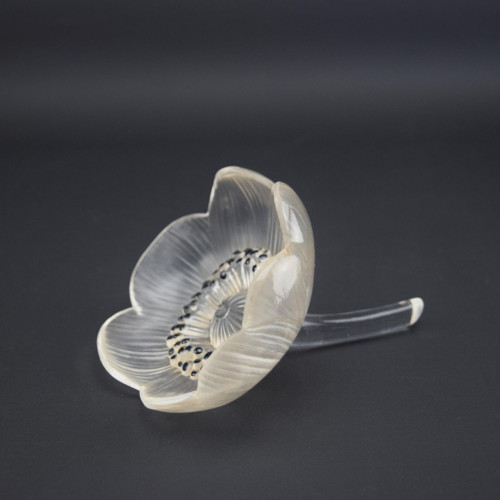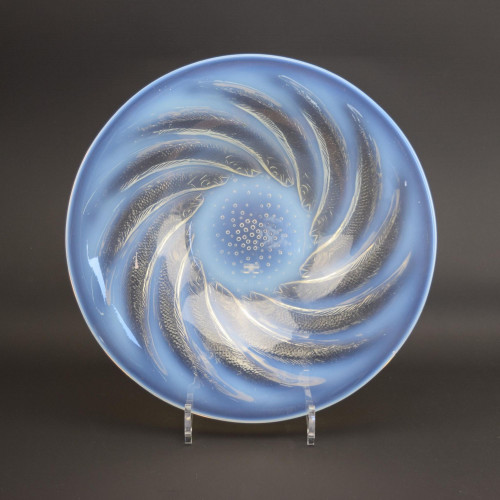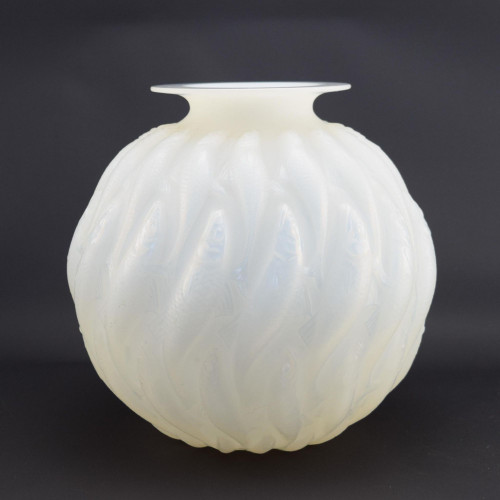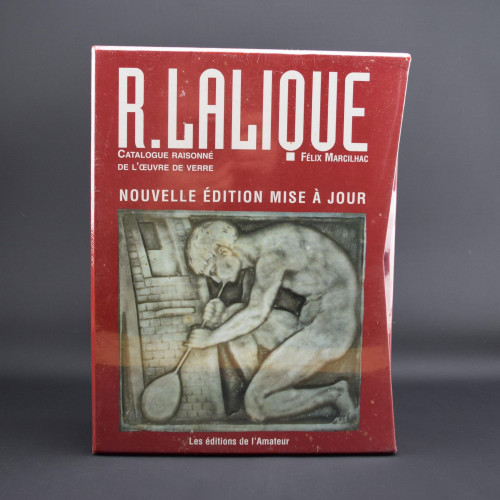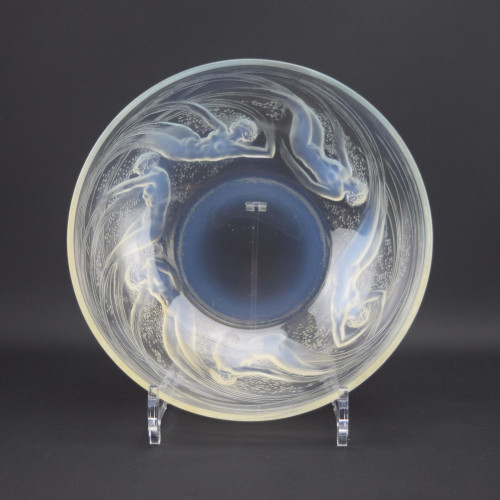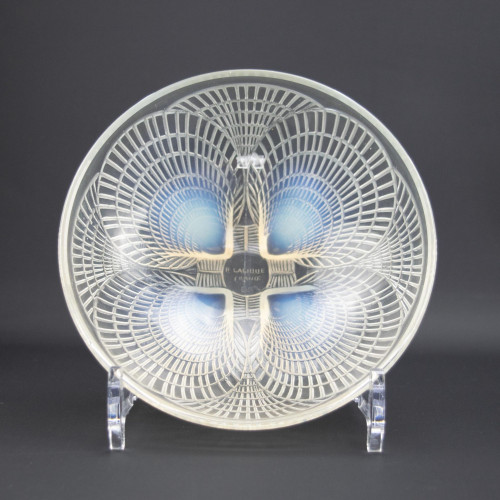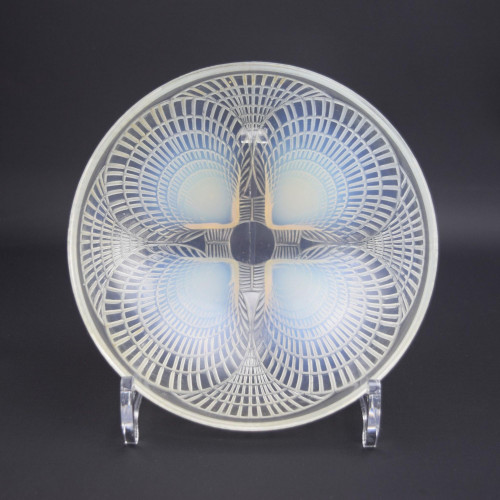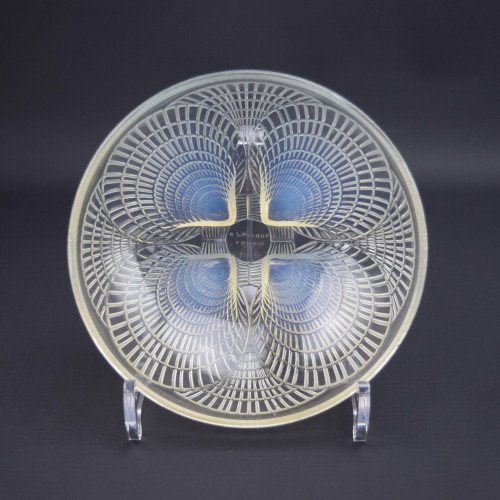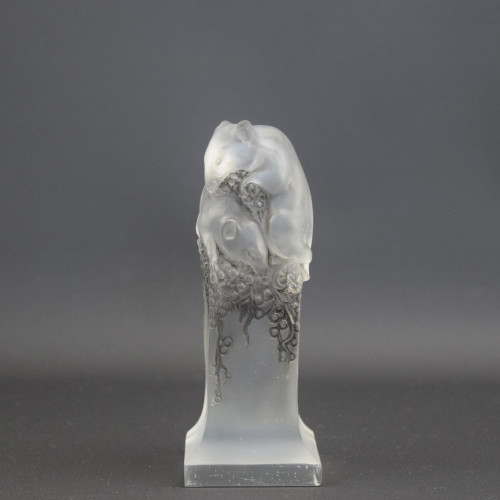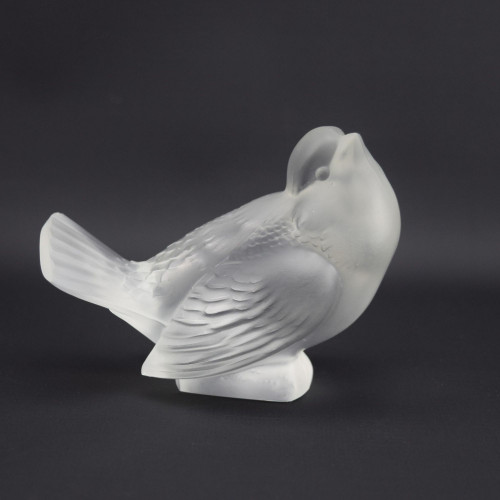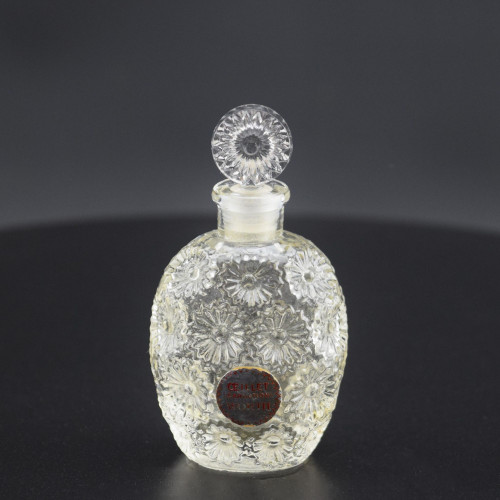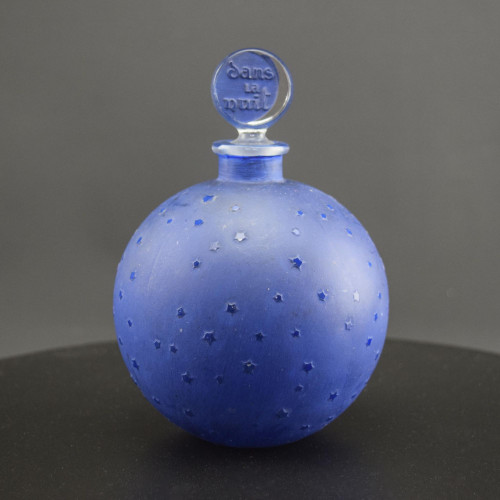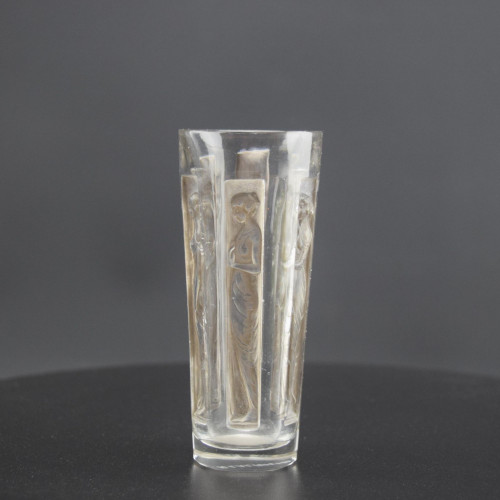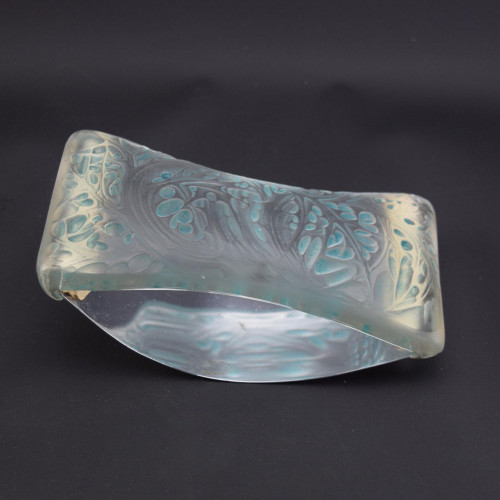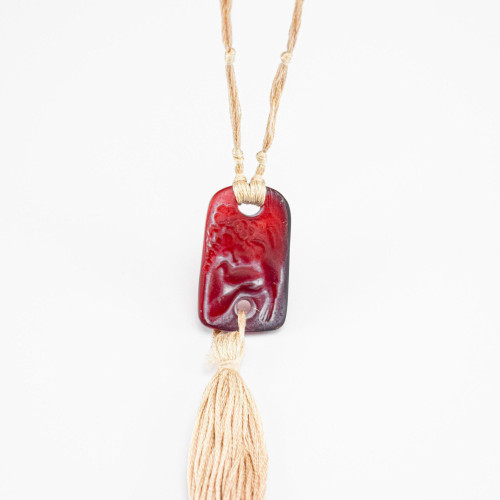Rene Lalique

1860 - 1945
1860 | BIRTH OF RENÉ LALIQUE
René Lalique was born in Aÿ-en-Champagne in the Marne region of France. Some years later, the Lalique family moved to Paris but continued to spend holidays in Aÿ. René Lalique remained deeply attached to his birthplace throughout his life.
1885 | THE FIRST PARISIAN WORKSHOP
Following the death of his father, René Lalique became an apprentice to craftsman and jeweller Louis Aucoc. It was during this time that he learned jewellery-making techniques, while attending classes at the École des Arts Décoratifs in Paris. He then left for England where he continued his studies for two more years.
In 1885, after gaining recognition as an independent designer for some of the great jewellery Houses such as Jacta, Cartier and Boucheron, René Lalique took over the workshop of jeweller Jules Destape on Place Gaillon in Paris.
1888 | FIRST ORNAMENTS INSPIRED BY ANTIQUITY AND JAPONISM
In 1887, Lalique set up business on Rue du Quatre-Septembre. As early as 1888 he designed his first parures in finely-wrought gold inspired by Antiquity and Japonism, and broke with jewellery-making tradition by including innovative materials in his pieces. At the time, originality and creativity had been abandoned in favour of ornate and lavish styles with an abundance of precious stones. Lalique made the materials he used central to his designs. He chose them for their power, light and colour, whether they were precious or not. He combined gold and gemstones with semi-precious stones, mother-of-pearl, ivory and horn, in addition to enamel and glass.
In 1888, René Lalique registered his
1860 | BIRTH OF RENÉ LALIQUE
René Lalique was born in Aÿ-en-Champagne in the Marne region of France. Some years later, the Lalique family moved to Paris but continued to spend holidays in Aÿ. René Lalique remained deeply attached to his birthplace throughout his life.
1885 | THE FIRST PARISIAN WORKSHOP
Following the death of his father, René Lalique became an apprentice to craftsman and jeweller Louis Aucoc. It was during this time that he learned jewellery-making techniques, while attending classes at the École des Arts Décoratifs in Paris. He then left for England where he continued his studies for two more years.
In 1885, after gaining recognition as an independent designer for some of the great jewellery Houses such as Jacta, Cartier and Boucheron, René Lalique took over the workshop of jeweller Jules Destape on Place Gaillon in Paris.
1888 | FIRST ORNAMENTS INSPIRED BY ANTIQUITY AND JAPONISM
In 1887, Lalique set up business on Rue du Quatre-Septembre. As early as 1888 he designed his first parures in finely-wrought gold inspired by Antiquity and Japonism, and broke with jewellery-making tradition by including innovative materials in his pieces. At the time, originality and creativity had been abandoned in favour of ornate and lavish styles with an abundance of precious stones. Lalique made the materials he used central to his designs. He chose them for their power, light and colour, whether they were precious or not. He combined gold and gemstones with semi-precious stones, mother-of-pearl, ivory and horn, in addition to enamel and glass.
In 1888, René Lalique registered his
"RL" stamp and engraved the unique pieces created in his workshop with these letters.
1890 | THE TRANSITION FROM JEWELLERY TO ENAMEL AND GLASS
René Lalique's work had gained wide-spread popularity.
He now opened his third workshop at 20, Rue Thérèse in Paris. His first experiments and designs using glass date from this era. Lalique already used enamel and glass, side-by-side with gold, opals, diamonds, pearls or amethysts, to embellish his jewellery.
1900 | THE PARIS EXPOSITION UNIVERSELLE
Over the next decade, René Lalique forged his reputation. He won competitions, exhibited his work and created jewellery for well-known entertainers such as actress Sarah Bernhardt. His desire to "create something that had never been seen before" earned him the accolade of "inventor of modern jewellery". He revolutionised jewellery styles of the period, becoming a favourite with leading socialites, and was admired by the most distinguished of his fellow-jewellers. His work was commissioned by the great courts and collected by the world's wealthy.
So when René Lalique took part in the 1900 Great Exhibition in Paris, it was the crowning moment of René Lalique's career as a jeweller. It was that same year he was also named Officer of the French Legion d'Honneur.
1907 | THE START OF A PARTNERSHIP WITH FRANÇOIS COTY
In 1905 René Lalique opened a shop at 24, Place Vendôme, where he exhibited not only his jewellery but also the glass objects crafted in his workshop at his estate in Clairefontaine, near Rambouillet. Perfumer François Coty was so impressed by René Lalique's designs that he asked him to put his talent to work for the perfume industry. Their collaboration had begun! Their work together revolutionised the perfume industry and made it possible for the first time to offer perfumes in attractive bottles at affordable prices. From then on, Lalique worked increasingly on designs for the perfume sector, finally devoting himself entirely to more industrial techniques of glass production.
René Lalique, Art Nouveau master jeweller, was to become an Art Deco master glassmaker.
1922 | THE VERRERIE D'ALSACE BEGINS PRODUCTION
René Lalique had now devoted himself to glassmaking for several years. His quest for a suitable location to produce glassware and a qualified workforce led him to Alsace. He founded the Verrerie d'Alsace glassworks at Wingen-sur-Moder in Alsace, at the heart of a region with a strong and historic glassmaking tradition. This is now the world's only Lalique factory.
925 | INTERNATIONAL EXPOSITION OF MODERN INDUSTRIAL AND DECORATIVE ARTS
René Lalique participated in numerous architectural projects. The 1925 International Exposition of Modern Industrial and Decorative Arts in Paris marked the climax of René Lalique's career as glassmaker, and a triumph for the Art Deco movement. His techniques with glass gave rise to a style that was essentially expressed through the contrast between clear and frosted glass. He sometimes added a patina or enamel or used stained glass.
1929 | DECORATING THE CÔTE D'AZUR PULLMAN EXPRESS TRAIN
When luxury was involved, René Lalique's name was right alongside. He was inundated with commissions and undertook some large-scale interior design projects. René Lalique was chosen to undertake the decoration of the Côte d'Azur Pullman Express carriages.
1935 | FITTING OUT THE NORMANDIE LUXURY LINER
René Lalique was commissioned for a series of high-profile projects. These included decorating the famous fashion designer Madeleine Vionnet's haute couture salons, designing glass doors for Prince Yasuhiko Asaka's residence in Tokyo and creating the fountain which for a time decorated the Galerie des Champs-Elysées in Paris. He then participated in the interior design of the vast first-class dining room of the luxury liner Normandie. He designed lighting columns and chandeliers for this colossus of the seas.
1935 was also the year in which René Lalique opened the Lalique shop at 11 Rue Royale in Paris.
1945 | DEATH OF RENÉ LALIQUE
Death of René Lalique. His son Marc took over as head of the business. He was to bring Lalique into the age of crystal
584 ITEMS

